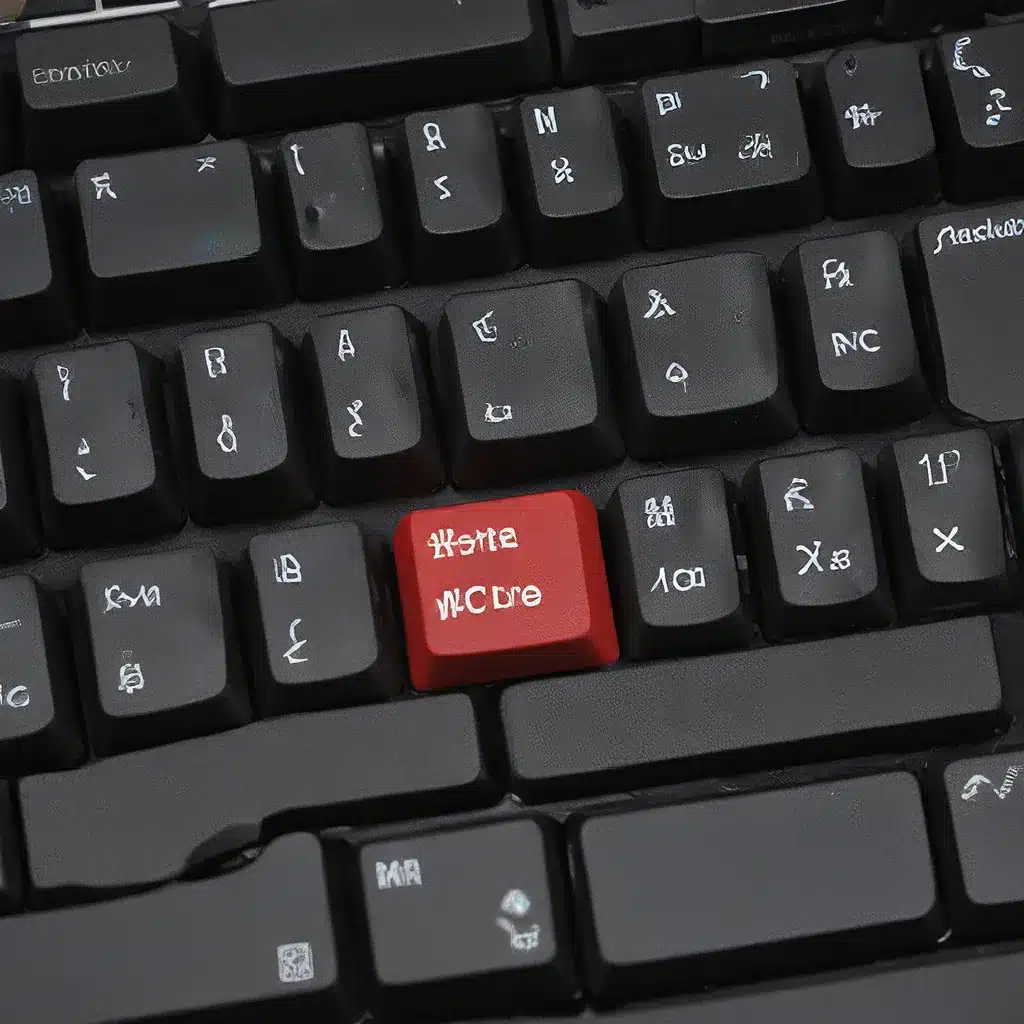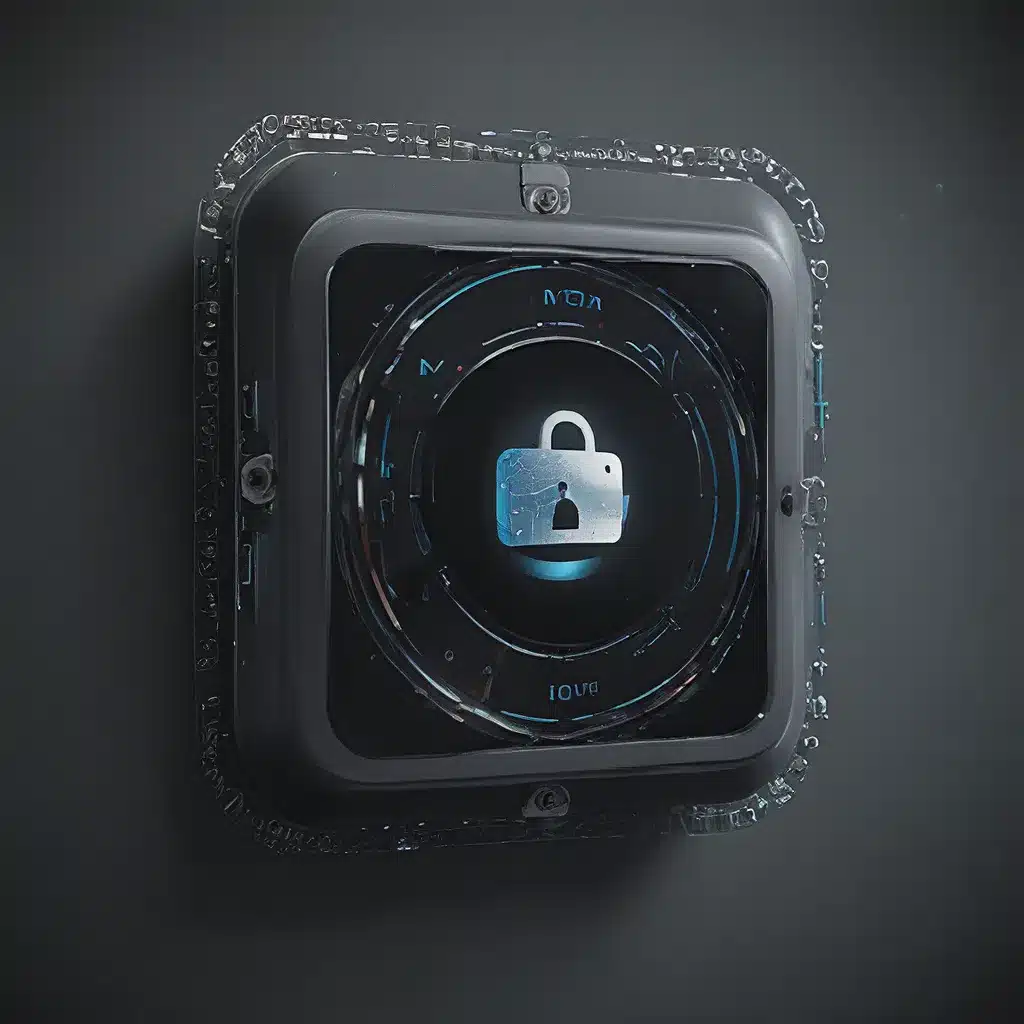The Unthinkable Happened: My Email Was Hacked!
Picture this: you’re casually checking your email when suddenly, something catches your eye. There are messages in your sent folder that you don’t recall sending. Your heart sinks – it’s a sinking feeling we’ve all experienced, the gut-wrenching realization that your email account has been compromised.
I’ll never forget the day it happened to me. I was working from home during the height of the pandemic when I noticed some suspicious activity in my inbox. Emails had been sent to my contacts that I certainly didn’t remember writing. Panicked, I immediately changed my password, only to find that the hacker had already changed it before me. I was locked out of my own account!
After a frantic call to my email provider, I was finally able to regain control. But the damage was already done – the hacker had accessed my entire contact list and sent malicious messages to everyone. I spent the next several days apologizing profusely and letting my network know that my account had been breached. It was an absolute nightmare.
Unfortunately, email hacking is all too common these days. Cybercriminals are constantly finding new ways to infiltrate our digital lives, and our email accounts are one of their prime targets. But don’t worry, there are steps you can take to protect yourself and prevent your inbox from being hijacked. In this article, I’ll share my own harrowing experience, as well as expert tips and tricks to keep your email safe from prying eyes.
Anatomy of an Email Hack
So, how exactly do hackers manage to gain access to our email accounts? There are a few common methods they use:
Phishing Scams
One of the most prevalent tactics is phishing, where hackers send deceptive emails that appear to be from legitimate organizations, like your bank or email provider [1]. These messages often ask you to “verify” your login credentials or click on a malicious link. If you fall for it, you’ve handed over the keys to your email kingdom.
Data Breaches
Hackers can also obtain your login credentials through data breaches at major companies [2]. If you use the same password across multiple accounts, it makes it all too easy for criminals to access your email once they have that information.
Public WiFi Vulnerabilities
Logging into your email while connected to an unsecured public WiFi network is another easy way for hackers to intercept your credentials [3]. They can easily spy on the traffic flowing through these networks and steal your sensitive information.
Weak Passwords
Let’s face it, we’ve all been guilty of using weak, easy-to-guess passwords at some point. But this is a surefire way to make it child’s play for hackers to gain access to your account [4]. Strong, unique passwords are an absolute must these days.
Recognizing the Signs of a Hacked Email Account
So, how can you tell if your email has been compromised? Keep an eye out for these red flags:
Password No Longer Works
If you suddenly find that your trusty password no longer grants you access to your email, that’s a major warning sign [5]. Hackers will often change the password as soon as they gain control, locking you out.
Suspicious Sent Emails
Scour your sent folder for any messages you don’t recognize. If you spot emails that you definitely didn’t write, that’s a clear indication that someone else has been using your account [5].
Odd Login Activity
Many email providers offer tools that track the IP addresses used to access your account. If you notice logins from unfamiliar locations, that’s a telltale sign of unauthorized activity [5].
Concerned Contacts
If your friends and family start reaching out to you about strange messages they’ve received from your email, it’s time to take action. Hackers often use your contacts to spread their scams even further [5].
Reclaiming Your Email Account
Okay, so you’ve discovered that your email has been hacked. Don’t panic! Here’s what you need to do:
Scan for Malware
First things first – run a comprehensive antivirus scan on all your devices. This will help identify and eliminate any malware or spyware that the hackers may have installed to continue monitoring your activity [6].
Change Your Password
Once you’ve confirmed that your system is clean, it’s time to change your email password. Make sure it’s a strong, unique one that doesn’t contain any personal information [6].
Secure Your Other Accounts
Don’t stop there – you’ll also need to update the passwords on any other online accounts that are linked to your compromised email address. Hackers love to leverage access to one account to infiltrate others [6].
Notify Your Contacts
Reach out to your email contacts and let them know that your account has been hacked. This will allow them to be on the lookout for any suspicious messages coming from your address [6].
Consider a New Email Address
If the hacking incident was particularly severe, or if you’ve experienced this problem before, it may be time to start fresh with a brand new email account. This can be a hassle, but it could be the best way to ensure your inbox stays secure [6].
Staying One Step Ahead of the Hackers
Now that you know how to recover from a hacked email account, let’s talk about how to prevent it from happening in the first place. Here are some expert tips:
Use Strong, Unique Passwords
I can’t stress this enough – your passwords need to be long, complex, and unique for each of your online accounts. Avoid anything that can be easily guessed, like your birthdate or your pet’s name [4].
Enable Two-Factor Authentication
Most email providers offer an extra layer of security in the form of two-factor authentication. This means you’ll need to provide a second form of identification, like a code sent to your phone, every time you log in [6].
Be Wary of Public WiFi
Resist the urge to check your email while connected to that free, unsecured WiFi network at the coffee shop. Hackers love to lurk on these networks, waiting to intercept your login credentials [3].
Use a Burner Email Address
For accounts that don’t really need your primary email address, consider creating a “burner” email that you can easily close if it ever gets compromised [6].
Keep Your Software Updated
Make sure your antivirus, operating system, and other software are always up-to-date. Hackers are constantly finding new vulnerabilities, and developers work hard to patch them [6].
By following these best practices, you can dramatically reduce the risk of your email account falling victim to the ever-evolving tactics of cybercriminals. Don’t become another cautionary tale – take action to safeguard your inbox today!
References
[1] CNET. “Don’t Let Someone Hack Your Netflix Account. Here’s How to Protect Yourself.” CNET, 21 Apr. 2022, www.cnet.com/tech/services-and-software/dont-let-someone-hack-your-netflix-account-heres-how-protect-yourself/.
[2] LinkedIn. “My Chase Bank Accounts Were Hacked During COVID-19. Twice.” LinkedIn, 3 Sept. 2020, www.linkedin.com/pulse/my-chase-bank-accounts-were-hacked-during-covid-19-twice-bernstein.
[3] Kaspersky. “What to Do If Your Email Account Has Been Hacked.” Kaspersky, 24 Aug. 2021, usa.kaspersky.com/resource-center/threats/what-to-do-if-your-email-account-has-been-hacked.
[4] Reddit. “Someone Hacked My Steam Account and Changed My Password.” Reddit, 24 July 2021, www.reddit.com/r/IndianGaming/comments/ouhram/someone_hacked_my_steam_account_and_changed_my/.
[5] Yahoo Help. “How to Recognize a Hacked Yahoo Mail Account.” Yahoo Help, help.yahoo.com/kb/recognize-hacked-yahoo-mail-account-sln2090.html.
[6] Microsoft Answers. “Someone Is Trying to Hack My Microsoft Account.” Microsoft Answers, answers.microsoft.com/en-us/outlook_com/forum/all/someone-is-trying-to-hack-my-microsoft-account/111fcbab-a61a-47d2-8d87-cadf2bfb4772.













